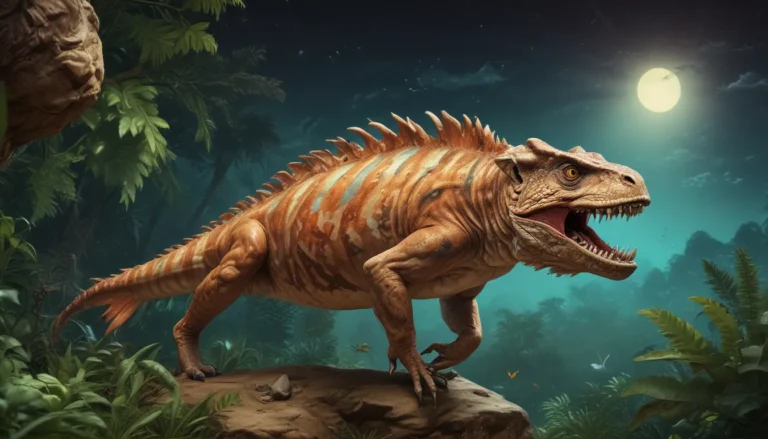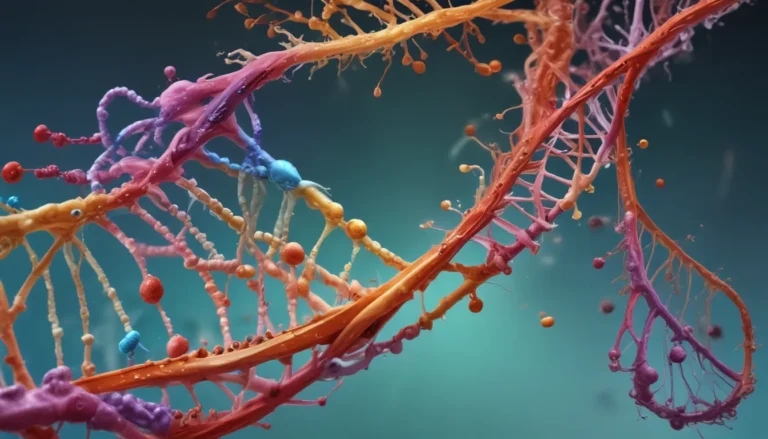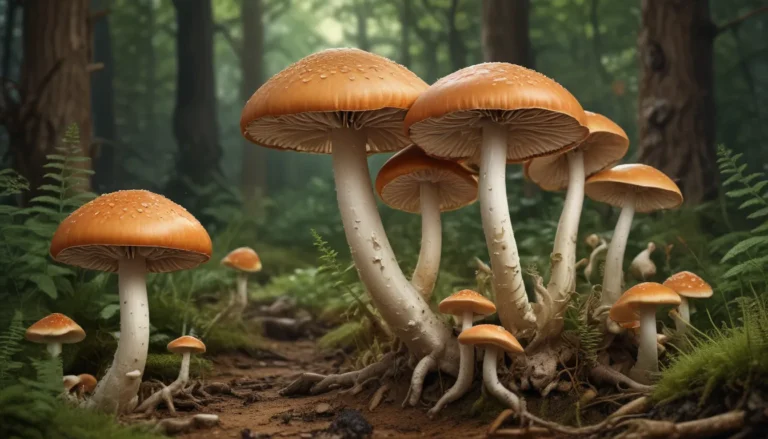A Note About Images: The images used in our articles are for illustration purposes only and may not exactly match the content. They are meant to engage readers, but the text should be relied upon for accurate information.
Welcome to the mesmerizing world of cloning technologies, where science and innovation meet to bring about incredible advancements that push the boundaries of what was once deemed impossible. In this article, we will delve into 12 mind-blowing facts about cloning technologies that will not only broaden your knowledge but also leave you in awe of the remarkable achievements made in this field.
Unveiling the Astonishing Facts About Cloning
The Pioneering Breakthrough: Dolly the Sheep
In 1996, a monumental milestone was reached when scientists successfully cloned a mammal for the first time. This remarkable feat gave birth to Dolly the sheep, an iconic symbol of genetic research, achieved through somatic cell nuclear transfer (SCNT). The successful cloning of Dolly revolutionized the field of cloning and paved the way for groundbreaking genetic research.
The Ethical Quandary: Human Cloning Controversy
Despite significant progress in cloning technologies, human cloning remains a contentious and controversial topic. The ethical and moral implications surrounding human cloning have led many countries to impose strict regulations or outright bans on this practice, highlighting the need for thoughtful consideration and ethical oversight.
Health Challenges of Cloned Animals
While advancements have been made in cloning technology, cloned animals can still face various health issues and abnormalities. From immune system deficiencies to organ dysfunction and premature aging, scientists are continuously striving to enhance the well-being and success rate of cloned animals through ongoing research and improvements in techniques.
Therapeutic Potential: Somatic Cell Nuclear Transfer
Therapeutic cloning, also known as somatic cell nuclear transfer, holds immense promise in revolutionizing medical treatments. Through the creation of cloned embryos to harvest stem cells, scientists can develop personalized therapies for a wide range of diseases and injuries, ushering in a new era of tailor-made medical solutions.
Unique Identities: Cloning Does Not Create Exact Copies
Contrary to popular belief, cloning does not produce identical replicas of organisms. While the genetic material may be the same, environmental factors and the aging process can lead to subtle variations in cloned individuals, emphasizing the uniqueness of each living being.
Resurrecting the Past: Cloning Extinct Species
Advancements in cloning technologies have sparked the possibility of resurrecting extinct species. By extracting DNA from preserved specimens and creating cloned embryos, scientists hold the potential to revive species that have long vanished from the Earth, offering a glimmer of hope for biodiversity conservation.
Bridging Organ Shortages: Hope for Organ Transplants
Cloning technologies hold the promise of addressing the critical shortage of organ donors for transplants. By cultivating organs from cloned tissues, researchers aim to create perfect matches for patients, reducing the dependency on immunosuppressive drugs and enhancing the success rates of organ transplantation.
Conservation through Cloning: Saving Endangered Species
In conjunction with conservation efforts, cloning could play a pivotal role in preserving endangered species from extinction. By generating clones of endangered animals, scientists can bolster genetic diversity and population sizes, bolstering the survival prospects of these species in the face of environmental challenges.
Human Cloning Milestone: The First Human Cloned Embryo
In a landmark achievement in 1993, scientists successfully created the first human cloned embryo through a technique called embryo twinning. This significant breakthrough paved the way for further advancements in human cloning research, underlining the evolving landscape of genetic exploration.
Agricultural Enhancements through Cloning Technologies
Cloning technologies have found applications in agriculture to enhance livestock breeding programs and improve agricultural yields. By selectively cloning animals with desirable traits, farmers can boost productivity and cultivate healthier livestock, contributing to advancements in food production.
Feline Innovation: The World’s First Cloned Cat
In a pioneering experiment in 2001, scientists in Texas cloned a domestic cat named “CC” (Copy Cat). This milestone marked the inception of cloning beloved pets, showcasing the potential for replicating companion animals in the future through innovative genetic techniques.
Genetic Preservation: Safeguarding Genetic Diversity
By cloning endangered or rare species, scientists can safeguard the genetic diversity of these organisms, shielding them from the threat of extinction. This conservation effort has far-reaching implications for preserving biodiversity and maintaining ecological balance in fragile ecosystems.
Embracing the Future of Cloning Technologies
The realm of cloning technologies continues to captivate us with its transformative potential and ethical considerations, offering a glimpse into a future where genetic replication and restoration become commonplace. While human cloning poses complex moral dilemmas, therapeutic cloning holds the key to pioneering medical breakthroughs, enhancing agricultural practices, and safeguarding endangered species.
As we navigate the intricate facets of cloning technologies, let us tread thoughtfully and ethically, engaging in discussions that explore the benefits, limitations, and ethical implications of this innovative field. By staying informed, open-minded, and committed to responsible research and application, we can harness the full potential of cloning technologies and shape a future where scientific achievements merge seamlessly with ethical considerations.
Frequently Asked Questions
-
What is cloning?
Cloning involves creating an exact replica or copy of an organism by manipulating its genetic material through techniques like somatic cell nuclear transfer or artificial embryo twinning. -
Can humans be cloned?
Human cloning for reproductive purposes is currently illegal in many countries, but therapeutic cloning for research is allowed in select jurisdictions. -
What are the practical applications of cloning technologies?
Cloning technologies have diverse applications in medical research, agriculture, and conservation efforts, enabling scientists to study genetic diseases, enhance livestock breeding, and preserve endangered species. -
Are there ethical concerns associated with cloning?
Cloning raises ethical concerns regarding technology misuse, individuality, and human dignity, sparking ongoing debates on consent, genetic identity, and potential exploitation. -
What are the risks and limitations of cloning technologies?
Cloning technologies come with risks such as health issues in cloned animals and face technical challenges and high costs that limit widespread adoption. -
Can cloning revive extinct species?
While initial attempts to clone extinct species like the Pyrenean ibex or the passenger pigeon have faced challenges, they hold promise for future conservation efforts.
Conclusion: Unveiling the Wonders of Cloning Technologies
As we journey through the breathtaking world of cloning technologies, we witness the fusion of science and innovation that transcends the boundaries of conventional wisdom. These mind-blowing facts about cloning underscore the immense potential and ethical implications inherent in this transformative field, opening doors to a future where scientific advancements merge harmoniously with ethical considerations.
Let us continue to explore the fascinating realm of cloning technologies with curiosity, reverence, and a commitment to ethical inquiry, shaping a future where scientific progress and responsible research converge to unlock new frontiers in genetic innovation and conservation efforts.
Engage With Us
Our dedication to delivering trustworthy and engaging content drives us to maintain the highest standards of accuracy and authenticity in every fact we share. Your contributions and insights enrich our collective knowledge, fostering a diverse and vibrant community of learners. Trust in our commitment to quality and reliability as we embark on this captivating journey of exploration and discovery together.





